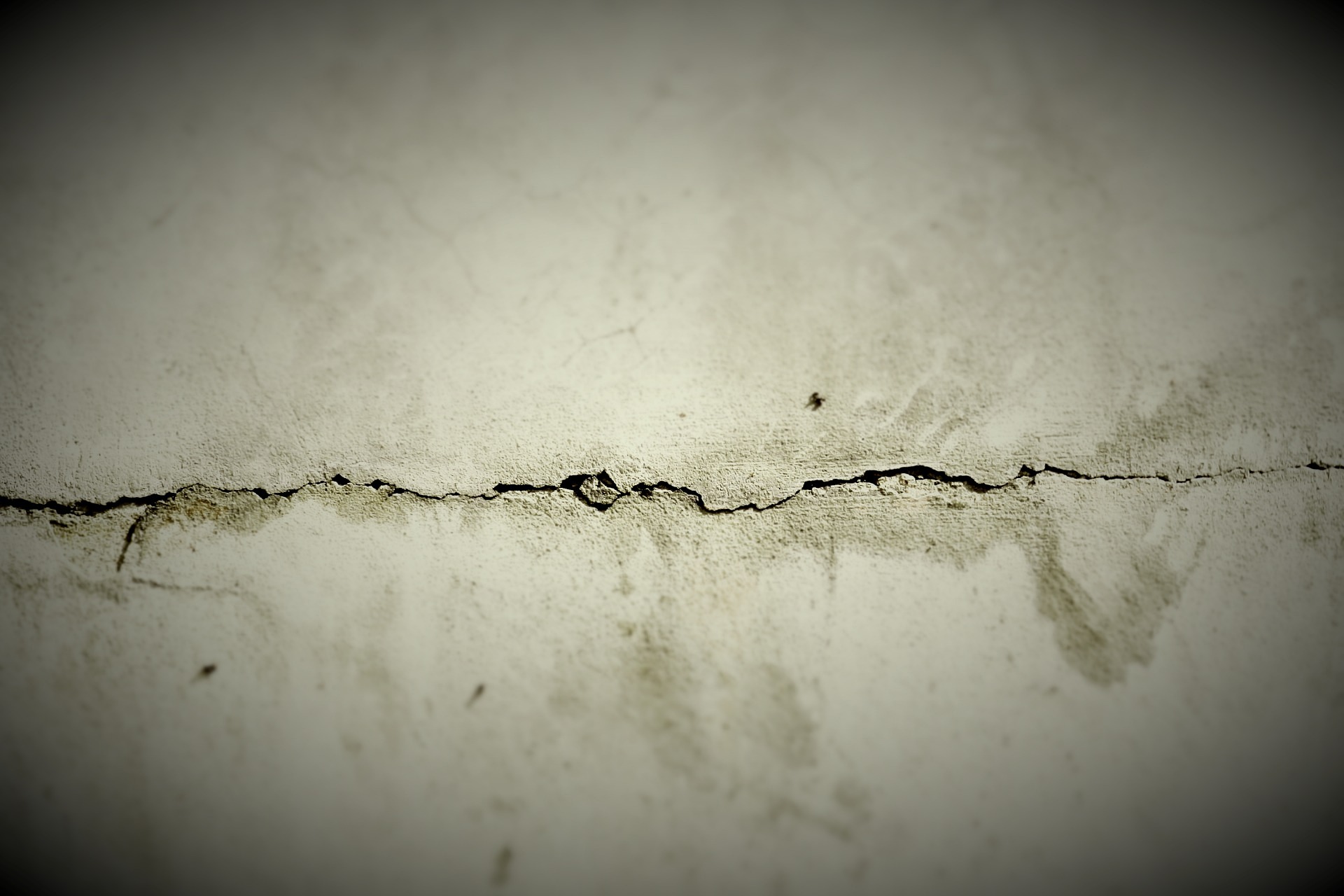Concrete Crack Repair: Causes, Methods, and Long-Term Care
Concrete cracks are common but not always cosmetic; understanding why they form and how to address them helps protect structures and reduce future maintenance. This article explains typical causes, how to assess severity, practical DIY options versus professional methods, materials and tools used, and how to find qualified local services and warranties for longer-term performance and safety.

What causes concrete cracks?
Concrete can crack for a variety of reasons, often interacting rather than appearing in isolation. Common causes include shrinkage as concrete cures, thermal expansion and contraction, settlement of the ground beneath a slab, freeze-thaw cycles in colder climates, and overloading beyond design capacity. Chemical reactions, such as alkali-silica reaction, and corrosion of embedded reinforcement can also create or widen cracks over time. Identifying the root cause is the first step in choosing a repair approach that addresses both the visible crack and underlying factors.
How to assess crack severity and risks
Assessing a crack involves size, pattern, location, and whether the crack is active (still widening) or dormant. Hairline cracks less than 0.3 mm (about 1/64 inch) are often cosmetic and related to shrinkage. Wider cracks, stepped cracks along joints, diagonal cracks in walls or slabs near load points, and cracks showing displacement or changes in vertical alignment can indicate structural concerns. Monitoring tools include crack gauges, simple measurements over time, and photographs. If cracks appear to affect load-bearing elements, utilities, or create leakage, consult a professional for structural evaluation.
Temporary DIY fixes and when to use them
For nonstructural, dormant, and hairline cracks, DIY repairs can limit moisture infiltration and improve appearance. Common DIY materials include epoxy or polyurethane sealants, concrete patching compounds, and resurfacing overlays for shallow, widespread cracking. Proper surface preparation—cleaning, removing loose material, and ensuring a dry or appropriately damp substrate—improves results. DIY is appropriate for small, nonmoving cracks and for homeowners seeking short-term protection, but it’s not recommended where structural integrity or persistent water intrusion is a concern.
Professional repair methods explained
Professionals select methods based on crack type and cause. Routing and sealing removes weak material and installs flexible sealants for joints and nonstructural cracks. Epoxy injection is used for structural cracks when restoration of tensile strength is required; it bonds faces together and can restore load transfer. Polyurethane injections are flexible and preferred where water sealing is needed. For slab settlement, underpinning or slab jacking (polymer or grout) lifts and stabilizes concrete. In severe cases, partial replacement or adding reinforcement may be necessary. A qualified contractor will diagnose causes, recommend targeted repairs, and address drainage or soil issues to prevent recurrence.
Materials and tools commonly used
Repair materials vary with method: epoxies for structural bonding, polyurethanes for flexible waterproofing, cementitious repair mortars for surface patches, and polymer-modified overlays for larger areas. Tools include grinders or saws for routing, pressure washers for cleaning, injection ports and pumps for resin work, trowels, and finishing tools for overlays. Selecting the right material depends on crack width, expected movement, exposure to moisture or chemicals, and compatibility with existing concrete. Manufacturers publish technical data on tensile strength, elongation, and adhesion—use those properties to match materials to the repair purpose.
Finding qualified local services and warranties
When hiring a contractor, prioritize experience with the specific repair method you need, clear inspection reports, and references or project photos. Ask about diagnostic steps they use, guarantees or warranties on workmanship and materials, and whether they address underlying causes like drainage or soil stabilization. Verify licensing, insurance, and any local building-code compliance. Local services often provide on-site assessments and can advise on permitting if structural repairs are required. Compare several proposals that spell out scope, materials, timeline, and post-repair monitoring recommendations.
Concrete crack repair ranges from do-it-yourself sealing for minor, dormant cracks to professional diagnosis and restoration for structural or active problems. Accurate assessment of cause, appropriate material selection, and addressing contributing site conditions deliver more durable results. Regular inspection and timely repair reduce the chance of water damage, reinforcement corrosion, and progressive deterioration, helping concrete structures perform as intended over time.






